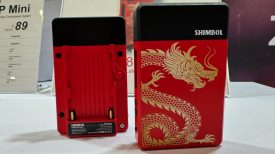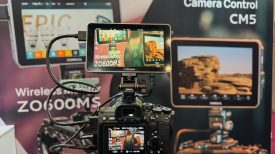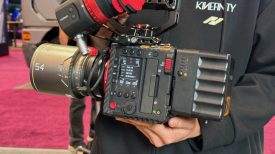Guest post by Matt Hopkins and Ben Lankester:
We’ve recently released the first trailer for our debut feature documentary ‘A Divorce Before Marriage’, following the Leeds band I Like Trains in the three years after the loss of their record deal. This is a band who have flirted with success, but have ultimately had to find ways to make a living outside of their music. The film captures the bittersweet story of musicians fighting away between greatness and obscurity, but we hope it to be a definitive account of what it means to be a creative person in Britain today.
A Divorce Before Marriage – Official Trailer from A Divorce Before Marriage on Vimeo.
To complete the film, we’ve turned to Kickstarter to raise much needed funds for the final leg of the journey. The project has received overwhelming support, reaching the £16k target before the halfway point. This figure was always the bare minimum we needed to finish the film and we are now working towards a revised target of £25k which will really allow us to make the film that we want to make!
Over the next few weeks we’re going to share our experiences of making the film, looking in particular at making a feature doc on RED over an extended period with just a two person crew – starting with our shooting experiences and the cameras we used.
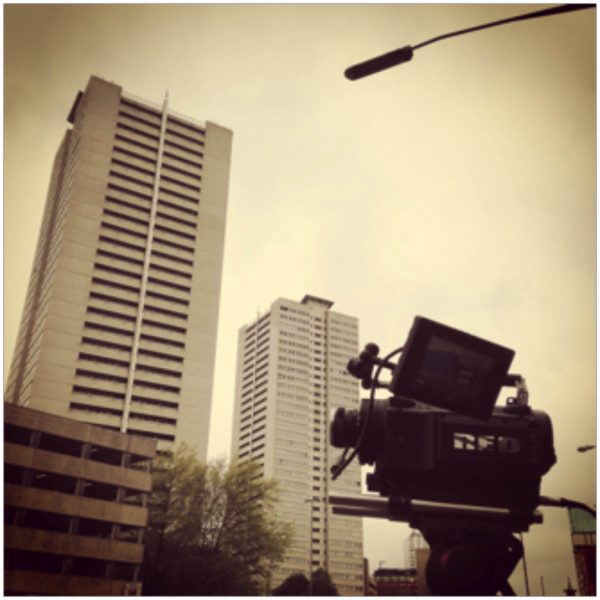
We started production in early 2012 using a Sony F3 to capture the band in the studio recording their 3rd album. Although the results looked good, we quickly realized that the project was going to be a long undertaking and with a lot of talk of the importance of 4K flying around, we knew the only way to make sure we didn’t regret our initial camera choice was to go for the best we could get from the outset.
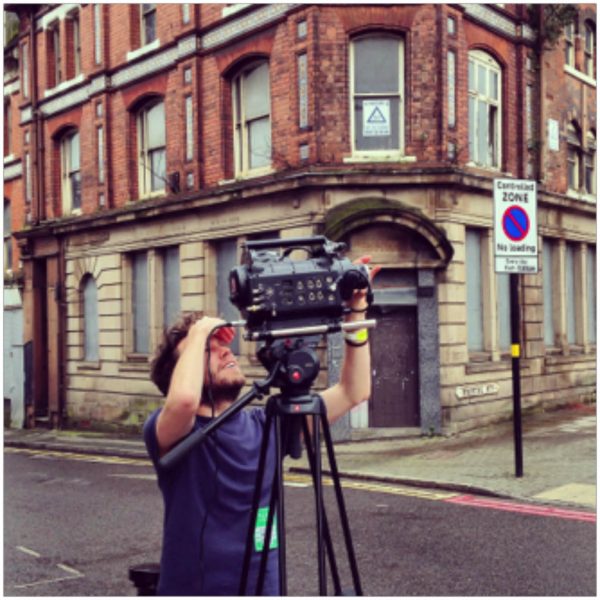
So, we quickly switched to using a RED ONE MX, which we hired from Conrad at North Yorkshire Camera Hire. Immediately we knew RED was the way to go for this film, simply for the outstanding image quality, and the future-proofing that shooting at 4K brought. However, we also realized that following a band around with a RED ONE and just two people was not an easy undertaking.
Firstly – the weight of the camera needed us to be prepared to break our bodies to get the shot, something Ben did many times over.
Secondly – we had to be extremely careful with when we chose to shoot. As opposed to DSLR, the RED takes a lot more time to turn on, set up and roll and produces vastly greater file sizes, so you can only shoot for a limited amount of time. We’d watch the band working away for hours, ready to shoot whenever we thought we might have some film-worthy material.
We also made a commitment to capture everything on Prime Lenses (Zeiss ZF) and ensure all our shots were locked off on a tripod. The pace and feel of the film was to be steady yet beguilingly beautiful, so every shot was carefully considered, even if capturing live action.
In short, shooting documentary on the RED ONE was a logistical nightmare, but the resulting footage was worth every ounce of pain. It also made us really consider every frame we were capturing, which is a discipline that actually gets thrown out of the window on many documentary projects.
At this point it would be worth talking about sound. Shooting the film in personal settings (work, home, on tour) meant that we had to remain as discreet as possible, despite shooting on a large format camera. We found that booming sound was a big problem in such situations so we quickly reverted to using just wireless mics wherever possible.
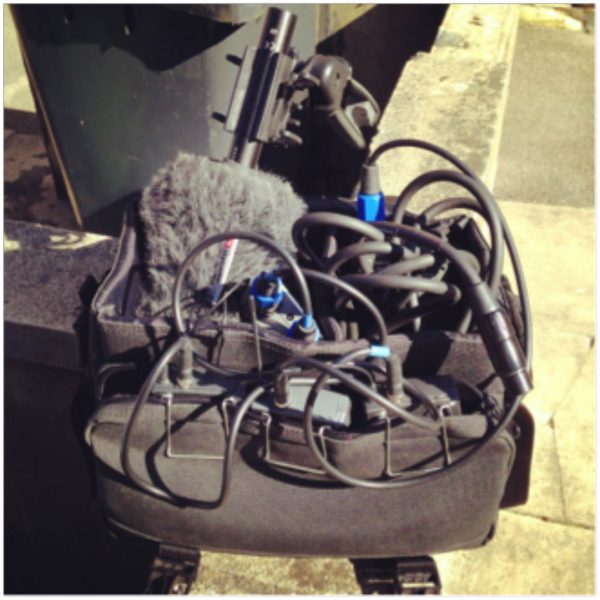
Initially we used three Zoom H4N’s with Sennheisser EW100 G3 wireless mics on each of the band members. As you can see below, this became quite messy, so we upgraded to the Roland R88 eight-channel recorder and mixer, which became an invaluable addition to our kit, making it far more straightforward to monitor and capture multiple mic feeds at one time, depending on where our camera was pointed.
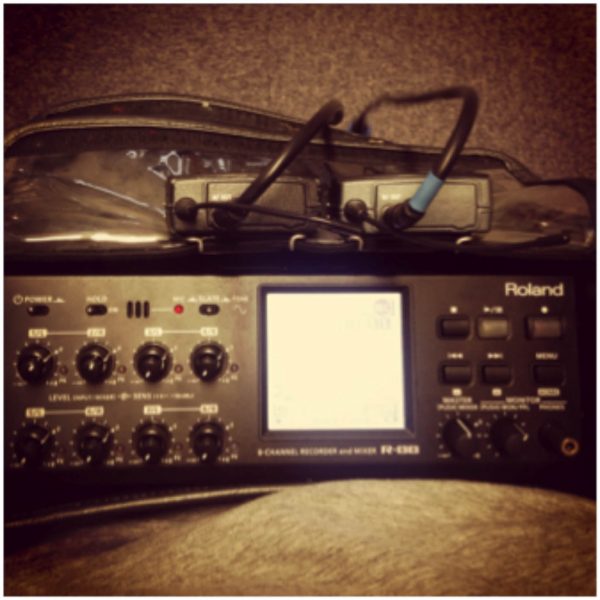
Moving on from shooting with the RED ONE, we were able to use North Yorkshire Camera Hire’s RED EPIC when they purchased one late on in 2012. Although the picture quality remained largely the same, the camera was a lot lighter, which helped when we went on tour with the band. At one point the crew was down to just Matt for a few days, so we had to strip back the EPIC to its bare bones while he carried a Zoom H4N with wireless mics around in his pocket.
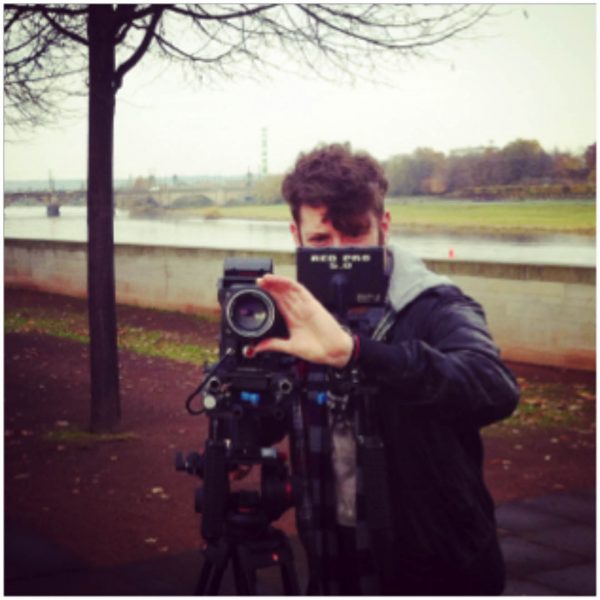
The EPIC did suffer from overheating issues during long takes, which caused us some problems with the internal fan coming on in the middle of takes, not least during a live radio recording of the band in Munich (which left the station’s technicians unimpressed), but in all, it was a lot more doc-friendly than the RED ONE.
For the final leg of the film, we’ve enlisted Cinematographer and RED EPIC DRAGON owner Matt Shaw Using the Dragon has returned us to a weight similar to the RED ONE, but it has again allowed us to increase the quality further with its mammoth 6K sensor (more to follow about editing 6K footage later). Matt also worked with Arri Ultra Primes, which again increased the quality (and weight).
We’ve just returned from one of our final scenes with the band, shooting at the Beacons Festival in the Yorkshire Dales. We had to be particularly lightweight for this shoot so we exchanged the set of Prime lenses for the Angenieux Optimo 28-76mm cine zoom lens, which was a godsend for us shooting a variety of scenes around the festival. If we were to make the film again, this might be the one piece of kit we would have used in place of Prime Lenses.
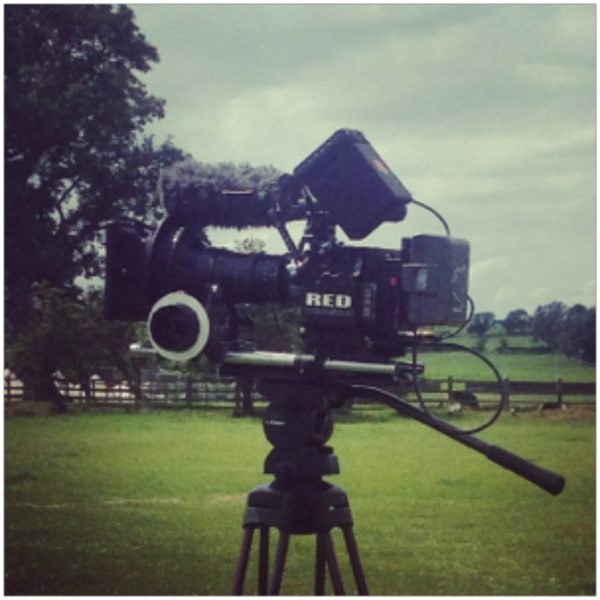
Having self-funded the film so far (pre-Kickstarter), we’ve often been asked whether we should have bought a camera as opposed to renting. Of course it may have been more cost effective, but with renting, we have been able to embrace the developments within the RED camera range over the three years. The real testament to RED’s original ONE camera is that the footage stands up seamlessly against the newer models. The advances have come in the usability of the cameras, which is huge, but if you are on a budget and willing to go through the pain of using such an archaic camera, we’d recommend it hands down.
Next time we’ll be sharing thoughts on the editing of the film and how it has evolved through three non-linear editors (FCP, Premiere CS6 and now CC) and the lessons we’ve learnt working with and storing such huge amounts of data.
If you like the sound of our film, please do share our Kickstarter and help support our project. We need as much help as we can get as we work towards our mid-October deadline.
On the Kickstarter page you’ll find a lot more information about the making of the film as well as options to pre-buy the film, merchandise, take on a co-producer credits or even buy Ben’s beloved car.



